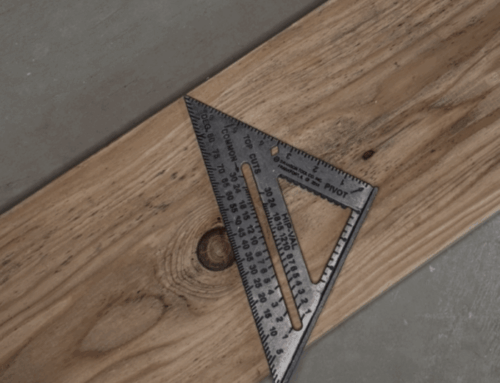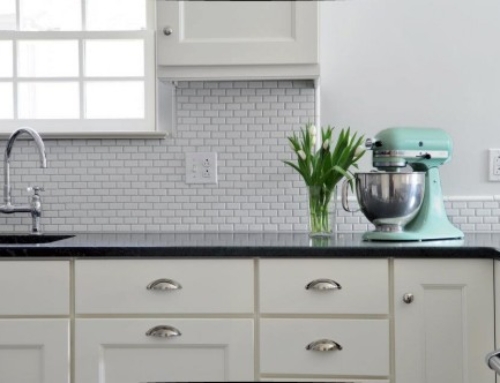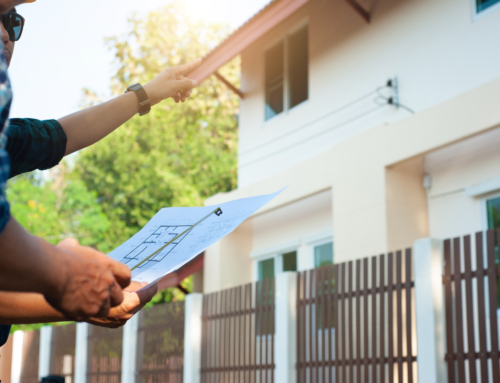Home Energy Audits – Part I
As you may already know, we supply home energy auditing for our customers, usually as part of larger home-renovation projects. It’s with these larger projects that we attend to enough area of the home to really affect the home’s total energy performance. But even with smaller projects, energy efficiency is top of mind during design and construction.
As part of the home efficiency testing, auditors get a look at past utility bills and existing appliances, and they test the tightness of the home. They should also test for indoor home air safety, including C02 and other toxins. We find that drafty windows and doors, uninsulated spaces in walls, and breaks in the vapor barrier or thermal envelope of the home are the usual sources of air leaks. And air leaks are very costly because they cause you to use more energy keeping your home comfortable in hot or cold weather.
When we work for Philadelphia’s Redevelopment Authority and Neighborhood Stabilization Program, we are required to have home energy audits done on the homes we are renovating. The “before and after” results of these audits are presented to the buyers of the houses and used in marketing the houses, since the RDA/NSP houses will usually be better performers than the neighbors’ homes. The home energy audit is a little like the “CAFE” (Corporate Average Fuel Economy) rating a new car has posted in its window.
About a week ago, I met with Bud, who was doing the audit on a project house in E. Mount Airy. It’s a three bedroom, one bathroom house with a garage under the kitchen. In this house, we will be insulating the attic space, installing new double-glazed windows, installing a new double-glazed French door to the patio, and replacing the garage door with a new, insulated wall. Typically, we would like to create a fire code rated garage in a house like this, but the budget doesn’t allow for it.
Here are some of the gadgets Bud brought to the audit. The large, red screen with a hole in it is for the blower door test. This simulates a 20 m.p.h. wind blowing on the outside of the house. A few of the other gadgets measure indoor air quality and similar things.
Check in later this week for some of the interesting results of this home’s audit.





